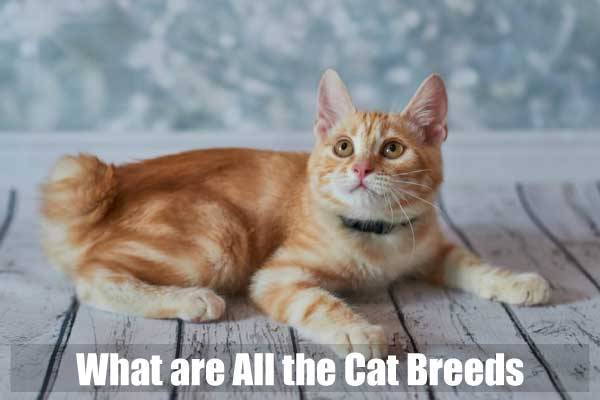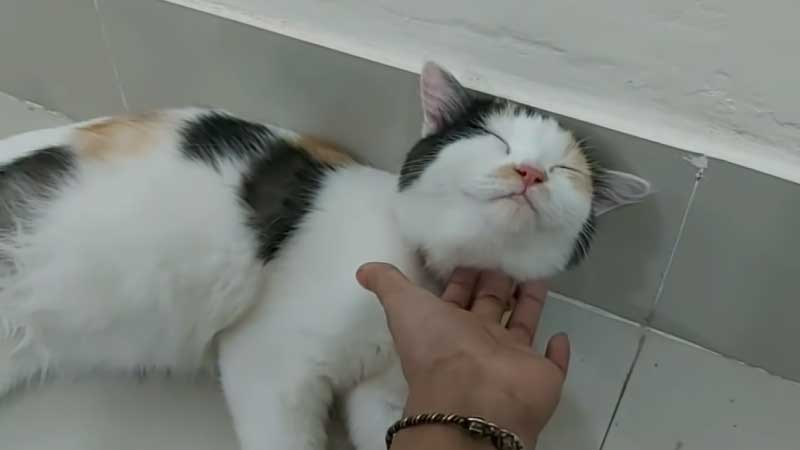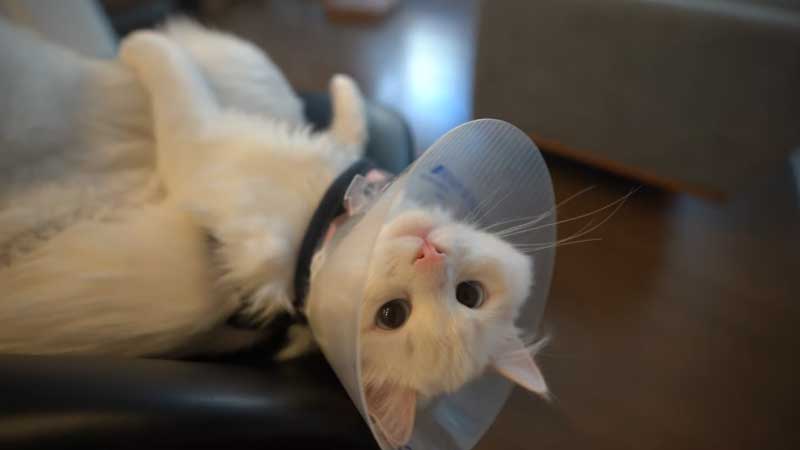If you’ve ever wondered, “What are all the cat breeds?” you’re in for a purr-fect treat. In this comprehensive guide, we go on a whisker-filled journey to discover the diverse variety of cat breeds.
So, what’s the short answer to our curious question? There are over 73 officially recognized cat breeds worldwide, according to TICA, each possessing its own unique charm, personality, and quirks. From the elegant Siamese to the fluffy Maine Coon and the exotic Bengal to the playful Ragdoll, these remarkable felines have a range of characteristics that will leave you entirely fascinated.
But fear not; this article isn’t just about scratching the surface. We’re here to provide you with a detailed and enjoyable exploration of every cat breed under the sun. So, without further ado, let’s dive into the enchanting world of cat breeds.
Table of Contents
What are All the Cat Breeds: A to Z List of Cat Breeds with Photos
Cat Breeds That Start With A

American Curl
Cat Breeds That Start With B

Balinese Cat

Bengal Cat

Birman Cat
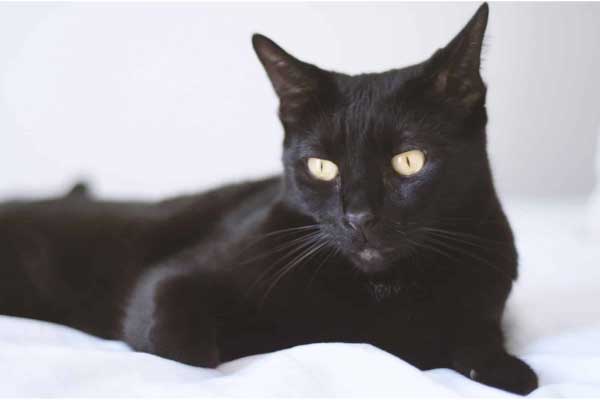
Bombay Cat

British Shorthair

Burmese Cat

Burmilla Cat
Cat Breeds That Start With C

Chartreux

Chausie Cat

Cornish Rex

Cymric
Cat Breeds That Start With D

Devon Rex
Cat Breeds That Start With E

Egyptian Mau

Exotic Shorthair
Cat Breeds That Start With H

Havana

Himalayan Cat
Cat Breeds That Start With J

Japanese Bobtail

Javanese Cat
Cat Breeds That Start With K

Korat Cat

Khao Manee
Cat Breeds That Start With L

La Perm

Lykoi
Cat Breeds That Start With M

Maine Coon

Mekong Bobtail

Manx Cat

Munchkin
Cat Breeds That Start With N

Nebelung

Norwegian Forest
Cat Breeds That Start With O

Ocicat Cat
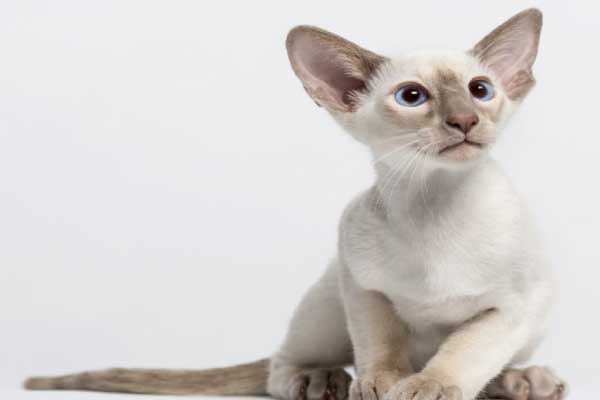
Oriental Shorthair
Cat Breeds That Start With P
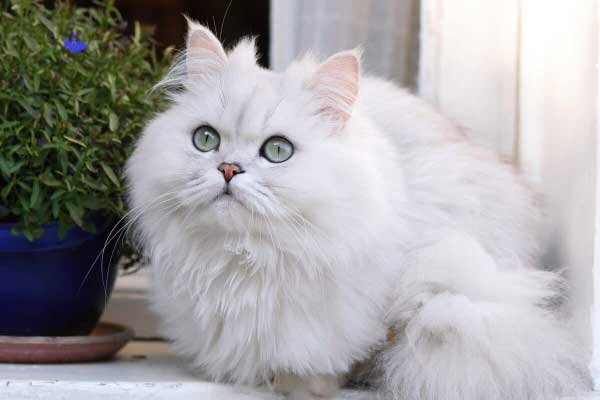
Persian

Pixie-Bob
Cat Breeds That Start With R

Ragamuffin
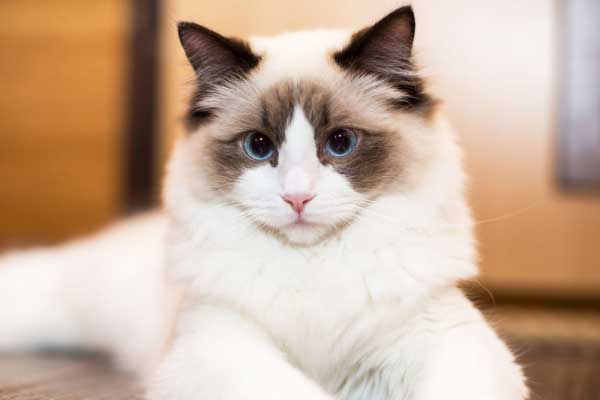
Ragdoll

Russian Blue
Cat Breeds That Start With S

Scottish Fold

Selkirk Rex

Siamese
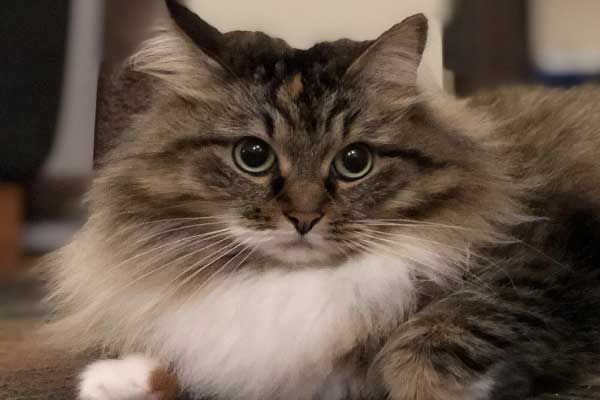
Siberian

Singapura

Snowshoe

Somali

Sphynx Cat
Cat Breeds That Start With T

Tonkinese

Toyger

Turkish Angora

Turkish Van
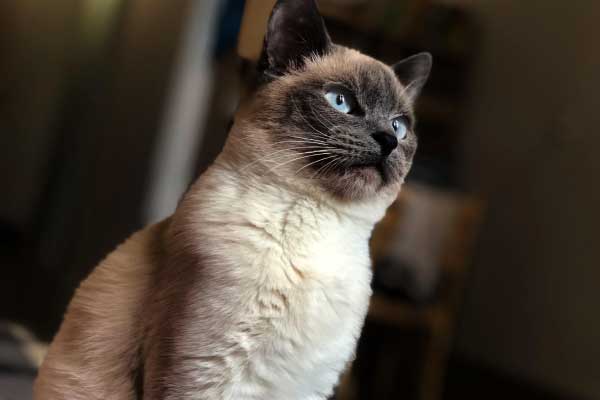
Thai
Cat Breeds That Start With U

Ukrainian Levkoy
Cat Breeds That Start With Y

York Chocolate
How Are Cat Breeds Classified? Understanding Cat Breed Classification
When it comes to the diverse world of cats, there are a variety of breeds, each with its own unique set of characteristics, temperaments, and histories. However, before diving into the distinct breeds, it’s essential to understand how cats are classified and the systems in place to standardize these classifications.
Let’s First Know Why Cat Breed Classifications Matter
- Maintaining Standards: Classifications ensure consistency within a breed, helping breeders and potential cat owners know what to expect.
- Health Considerations: Some breeds may be predisposed to specific health issues. Recognizing breeds helps veterinarians provide the best care.
- History and Heritage: Classifications help preserve the rich records and stories behind each breed.
Major Cat Classification Organizations
Different organizations have their standards and recognized breeds:
- Cat Fanciers’ Association (CFA): One of the largest cat registering bodies, it recognizes over 40 breeds.
- The International Cat Association (TICA): Another influential body, TICA, recognizes even more breeds, including some not recognized by the CFA.
- Other organizations include the Fédération Internationale Féline (FIFe) and the American Cat Fanciers Association (ACFA).
Pedigree vs Domestic Cats
Pedigree Cats: These are cats with a documented lineage or pedigree. Their origin can be traced back several generations, ensuring they meet the breed’s standard.
Domestic Cats: Often referred to as moggies, domestic shorthair, or longhair, these cats don’t have a documented pedigree. They represent a mix of various breeds.
Categories and Divisions
Based on specific organizations, cat breeds might be grouped into categories and divisions based on their physical attributes, such as:
- Hair Length: e.g., Longhair vs. Shorthair
- Coat Color and Patterns: e.g., Solid, Tabby, Bi-color
- Physical Features: e.g., Ear shape, tail length, and eye color
Hybrids and Designer Breeds
In recent years, there’s been an interest in creating hybrid breeds, often a mix between a domestic cat and a wild feline species. Examples include:
- Bengal: A mix between an Asian leopard cat and a domestic cat.
- Savannah: A cross between a serval and a domestic cat.
Short-haired vs. Long-haired Cat Breeds: An In-Depth Comparison
When it comes to choosing the perfect feline companion, a fundamental decision often rests on coat length. Both short-haired and long-haired breeds offer distinct experiences, care requirements, and aesthetic pleasures. In this section, we’ll delve into the key differences between short-haired and long-haired cat breeds to help you understand and make the best choice for your household.
Short-haired Cat Breeds: An Overview
Typically, fur is less than an inch in length. Some of the popular short-haired breeds are:
- American Shorthair: Known for its friendly nature.
- Siamese: Recognized by its almond-shaped blue eyes and vocal personality.
- Bengal: A spotted breed resembling a wild leopard.
Pros
Cons
Long-haired Cat Breeds: An Overview
Fur that extends beyond 1.5 inches in length. Some of the popular long-haired breeds are:
- Maine Coon: One of the most giant domesticated breeds, known for its tufted ears.
- Persian: Famous for its round face and luxurious coat.
- Ragdoll: A gentle giant with striking blue eyes.
Pros
Cons
Grooming Needs
Short-haired breeds need weekly brushing to reduce shedding and distribute skin oils. Their bathing is typically less frequent than that of long-haired breeds.
On the other hand, long-haired breeds need daily brushing to prevent tangles, especially in breeds like Persians. Regular trims might be necessary, especially around the hindquarters. More frequent baths will keep the coat clean and lustrous.
Health Considerations by Coat Length
Short-haired, less prone to mat-related skin issues. Their shedding can lead to increased hairball ingestion.
On the other hand, long-haired breeds The risk of matting can lead to skin infections. There is a greater need for regular ear and eye cleaning, especially in breeds with facial folds.
Which is Right for You?
Short-haired breeds may suit busier individuals or families due to lower grooming needs. If you’re looking for a regal-looking cat, long-haired breeds might be up your alley. Consider the climate of your region. Short-haired breeds might fare better in warmer temperatures, while long-haired breeds can handle the cold better.
How to Choose the Right Breed: Steps for Choosing the Right Cat Breed for Your Lifestyle
It’s a fun adventure to find the best cat breed for your family, but there are so many options out there that it can be challenging to narrow down your choices. Your lifestyle, living situation, and personal preferences play a critical role in making the right decision. Here’s a step-by-step guide to help you choose the ideal feline companion for your lifestyle:
Step 1: Self-Assessment: Know Your Lifestyle
- Activity Level: Are you active and looking for a playful companion, or do you prefer a more laid-back lifestyle?
- Working Hours: Do you spend long hours away from home or work from home?
- Family Dynamics: Do you have kids or other pets?
Step 2: Research Different Breeds
Some breeds, like Siamese, are more vocal and active, while others, like the British Shorthair, are more reserved. There is also size matter, especially since breeds like the Maine Coon can be significantly more significant than others, requiring more space. Longevity is another crucial factor because it means committing for a longer period of time.
Step 3: Consider Grooming Needs
- Short-haired cats generally require less grooming than long-haired ones.
- Breeds like Persians require daily brushing, while others like the American Shorthair need less-frequent care.
Step 4: Think About Health and Longevity
Some breeds are prone to specific health issues. For instance, flat-faced breeds like Persians might have respiratory challenges. Consider potential vet bills and whether you’re prepared for them.
Step 5: Assess Your Living Situation
If you’re in a small apartment, a more relaxed breed might be suitable. Breeds that are more independent can handle being alone during the day, while others might need more company.
Step 6: Budget Considerations
Some breeds are more expensive to buy and maintain. Think about food, grooming, health checkups, and potential emergencies.
Step 7: Interactions and Social Needs
Breeds like the Ragdoll tend to be more sociable and might get along better with kids and other pets. If you have allergies, consider hypoallergenic breeds like the Siberian or the Balinese.
Step 8: Visit Cat Shows or Breeders
Interacting with different breeds in person can give you a feel for their temperament and needs. Talk to breeders about what to expect from each breed.
Step 9: Consider Adoption
Mixed breeds can offer a combination of characteristics, and they’re unique in their own right. Shelters often have detailed information about each cat’s personality and needs.
Step 10: Make a List and Reflect
List down your top 3-5 breeds. Reflect on your research, interactions, and gut feelings.
Once you’ve done the research and self-reflection, trust your decision and welcome your new feline friend into your life!
FAQs: What Are All the Cat Breeds?
How many cat breeds are officially recognized?
There isn’t a single definitive number for recognized cat breeds since different cat registry organizations acknowledge varying numbers of breeds. For example, The International Cat Association (TICA) recognizes 73 breeds, while the Cat Fanciers’ Association (CFA) acknowledges 44. Worldwide, there are anywhere from 40 to over 70 recognized breeds, depending on the organization and the criteria they use.
What’s the difference between a pedigree and a domestic cat?
A pedigree cat is one whose lineage or ancestry is recorded, often belonging to a specific breed with particular traits. Owners usually get a certificate detailing the cat’s origin. A domestic cat, on the other hand, might not belong to a specific breed and doesn’t have a recorded lineage. They’re often lovingly referred to as moggies or mixed-breeds.
Which cat breeds are hypoallergenic?
No cat breed is entirely hypoallergenic. However, some breeds produce fewer allergenic proteins, making them a better choice for allergy sufferers. Examples include the Siberian, Balinese, Bengali, and Oriental Shorthair. Regular grooming and cleaning can also reduce allergens, regardless of the breed.
Are long-haired breeds always high maintenance?
While long-haired breeds like Persians and Maine Coons often require regular grooming to prevent matting, not all long-haired cats are high maintenance. For instance, Ragdoll’s silky coat doesn’t mat easily. However, it’s generally true that long-haired cats require more grooming than short-haired breeds.
Why are some cat breeds more expensive than others?
Rarity, lineage purity, specific desirable traits (like distinctive coloration or patterns), breeding costs, and regional demand can all have an impact on the price of a cat breed. Breeds like the Savannah cat, which is a hybrid between a domestic cat and a serval, are particularly expensive due to the intricate breeding process and their unique appearance.
Which cat breeds are known for their vocal nature?
Some breeds are particularly chatty. The Siamese, for example, is known for its vocal nature and often communicates with its owners using a range of meows. Other talkative breeds include the Oriental Shorthair, Burmese, and Tonkinese.
Can certain breeds of cats adapt better to apartment living?
Yes, some cat breeds are more suited to indoor or apartment living due to their temperament and activity levels. Breeds like the British Shorthair, Scottish Fold, and Ragdoll tend to be more laid-back and can adapt well to indoor environments.
What is the world’s largest recognized cat breed?
The Maine Coon holds the title of the largest domesticated cat breed. These cats can weigh anywhere from 10 to 25 pounds or even more, with males typically being larger than females. They have a sturdy build, long tufted ears, and a thick, water-resistant coat.
Are there any hairless cat breeds?
Yes, the most notable hairless breed is the Sphynx. Despite being “hairless,” these cats often have a fine layer of downy fuzz, giving their skin a suede-like texture. They’re known for their wrinkled skin, large ears, and friendly disposition. Due to their lack of fur, they require different care, such as regular baths to remove skin oils.
How can I identify a cat’s breed?
Identifying a cat’s breed can be challenging, especially with mixed breeds. Physical characteristics, such as size, coat type, color patterns, and facial structure, can provide clues. For a definitive answer, DNA testing services are available that can pinpoint specific breeds within a cat’s lineage.
Final Verdict
So, what’s the verdict on “What are all the cat breeds?” After this deep dive into the world of cats, it’s safe to say that the answer is nothing short of awe-inspiring. With over 73 distinct and captivating breeds to explore, it’s a testimony to the variety and charm of our feline friends.
Remember that each cat breed has special care, diet, and other requirements. Thank you for joining us on this whisker-filled adventure, and may your love for cats continue to grow with every purr and every pawprint.

